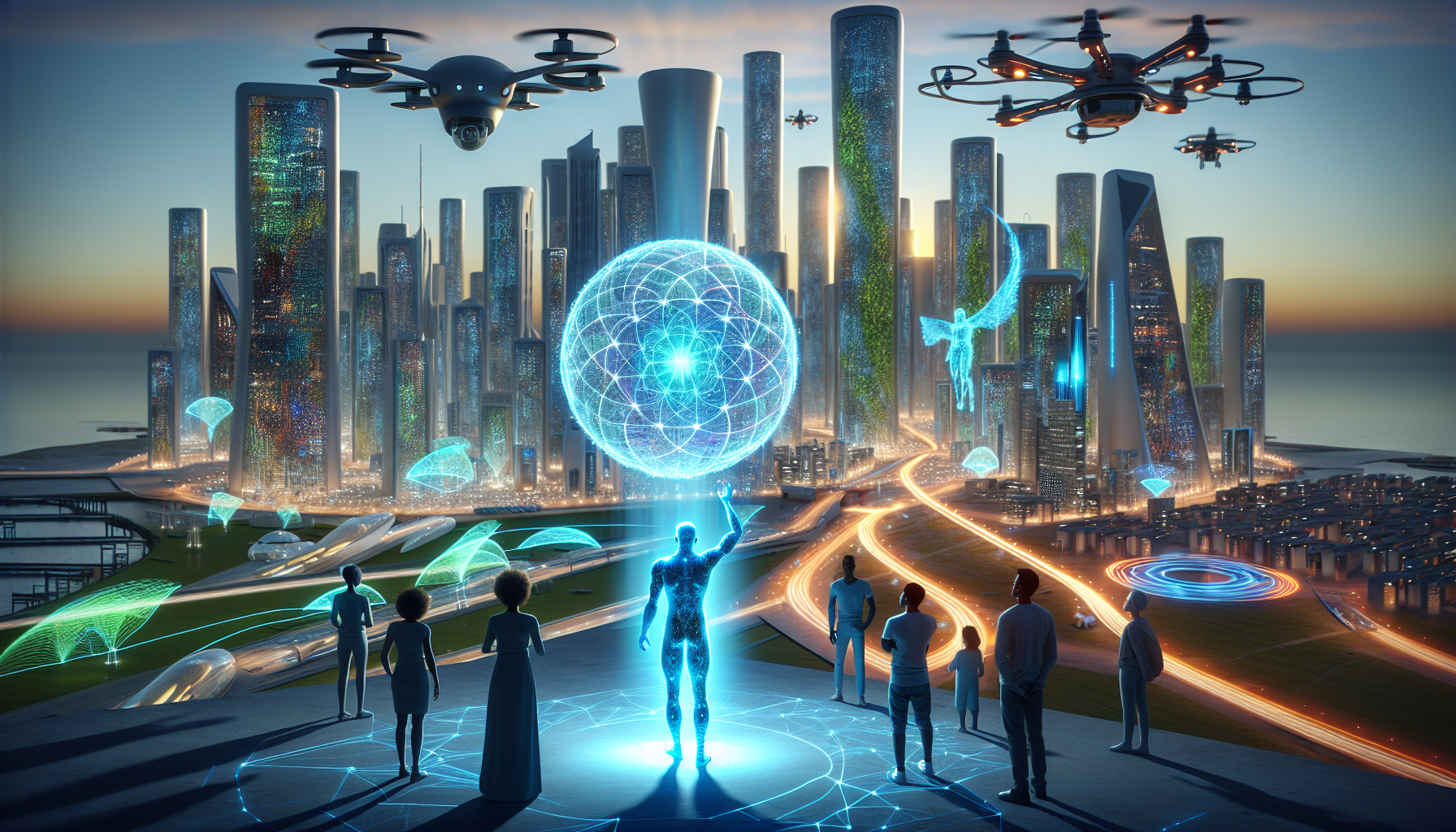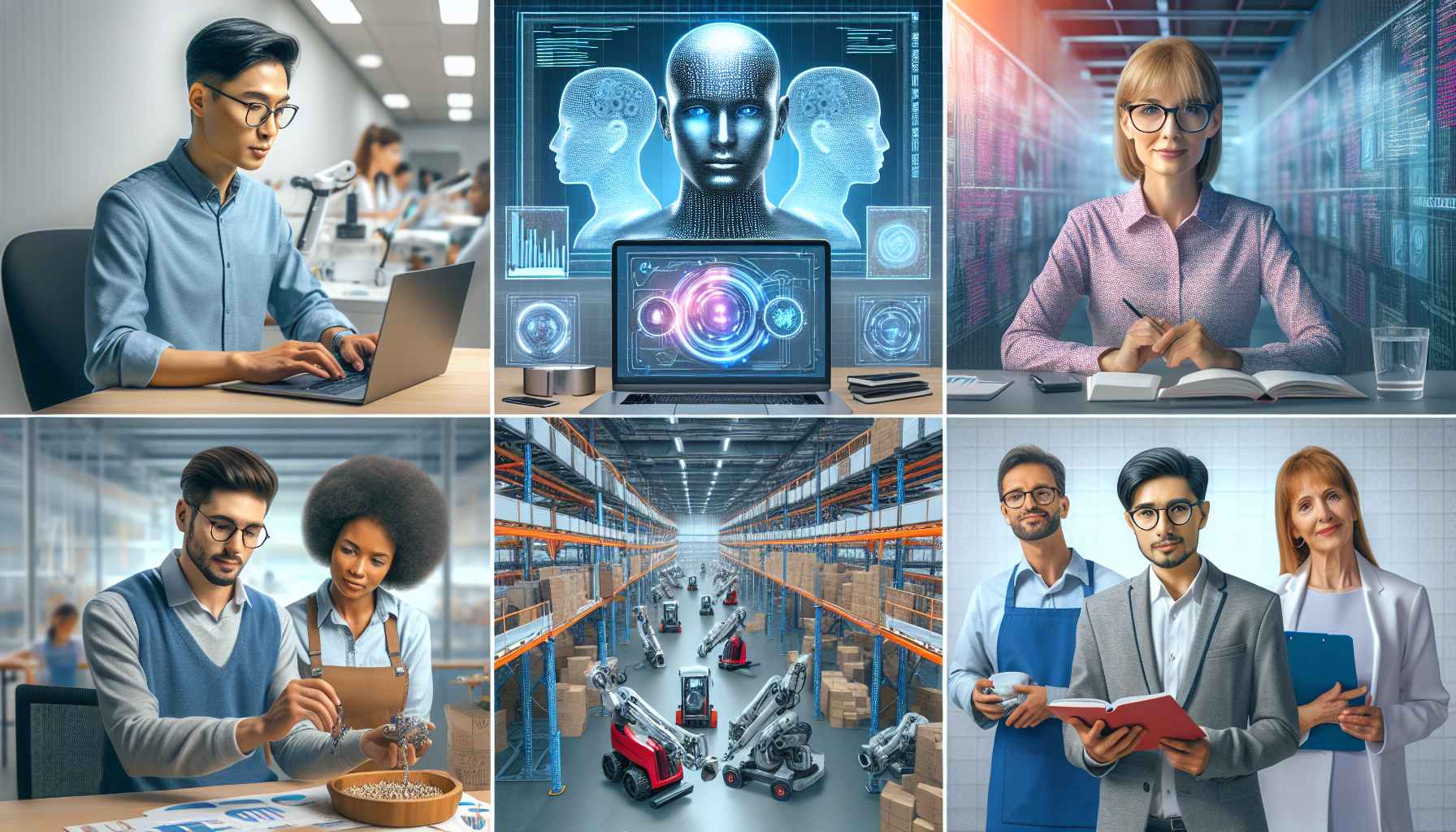Welcome to “Artificial Intelligence Concepts,” where we delve into the transformative world of AI. This article will introduce you to foundational ideas, key technologies, and essential terminologies shaping the AI landscape today.
Whether you’re a tech enthusiast or a curious learner, this guide will provide a comprehensive overview of the critical concepts driving the AI revolution.
AI The Progression
Artificial Intelligence (AI) is no longer a futuristic concept but a tangible reality that has been evolving for decades.
The journey of AI from a theoretical idea to a practical tool has been marked by significant milestones that have collectively revolutionized human productivity.
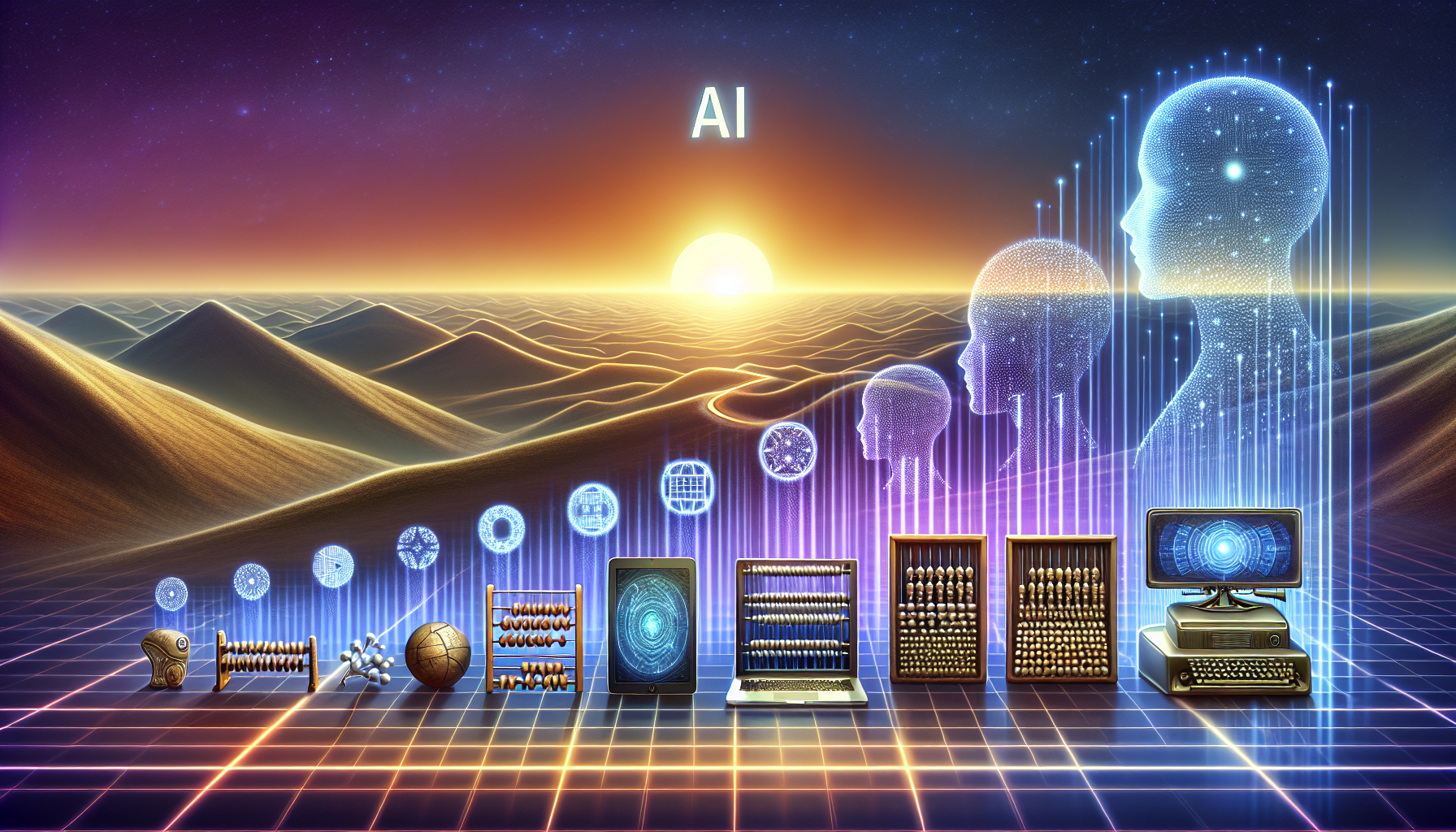
This blog post delves into the historical progression of AI and its role in enhancing efficiency and innovation across various sectors.
AI The Concept
The concept of AI can be traced back to ancient times when myths and stories featured mechanical beings endowed with intelligence. However, the formal foundation of AI was laid in the mid-20th century.
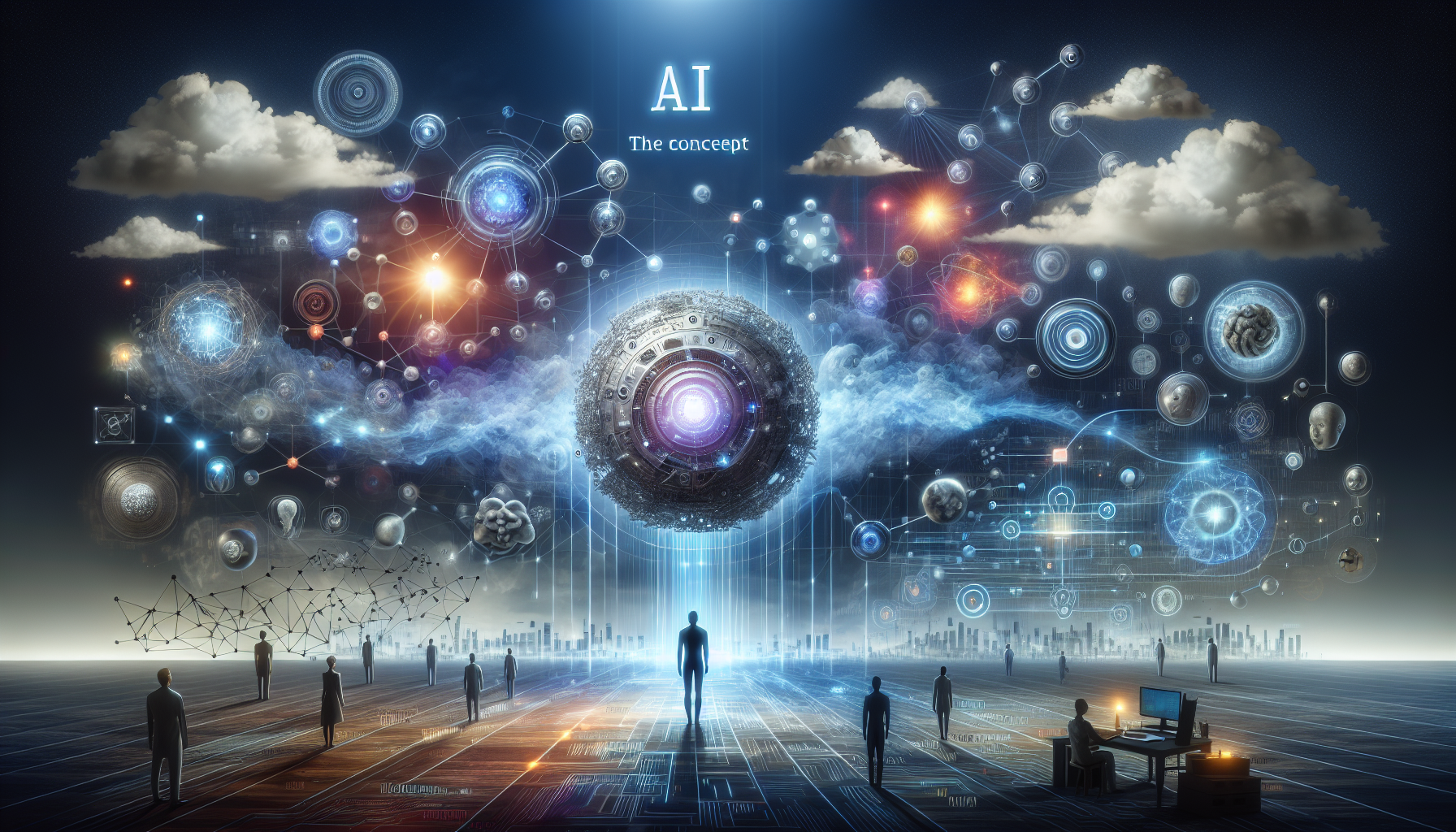
In 1956, the Dartmouth Conference, organized by John McCarthy, Marvin Minsky, Nathaniel Rochester, and Claude Shannon, is often considered the birth of AI as a field of study. The aim was to explore ways to make machines perform tasks that would require intelligence if done by humans.
AI The Beginnings
In the 1960s and 1970s, AI research focused on developing algorithms that could solve problems and make decisions. The introduction of machine learning marked a significant turning point.

Machine learning, a subset of AI, involves training algorithms to learn from data and improve over time. This era saw the creation of the first neural networks, which mimicked the human brain’s structure and function, albeit on a much simpler scale.
AI The Research
Despite the initial excitement, AI research faced numerous challenges, leading to a period known as the “AI Winter” during the 1980s and early 1990s.
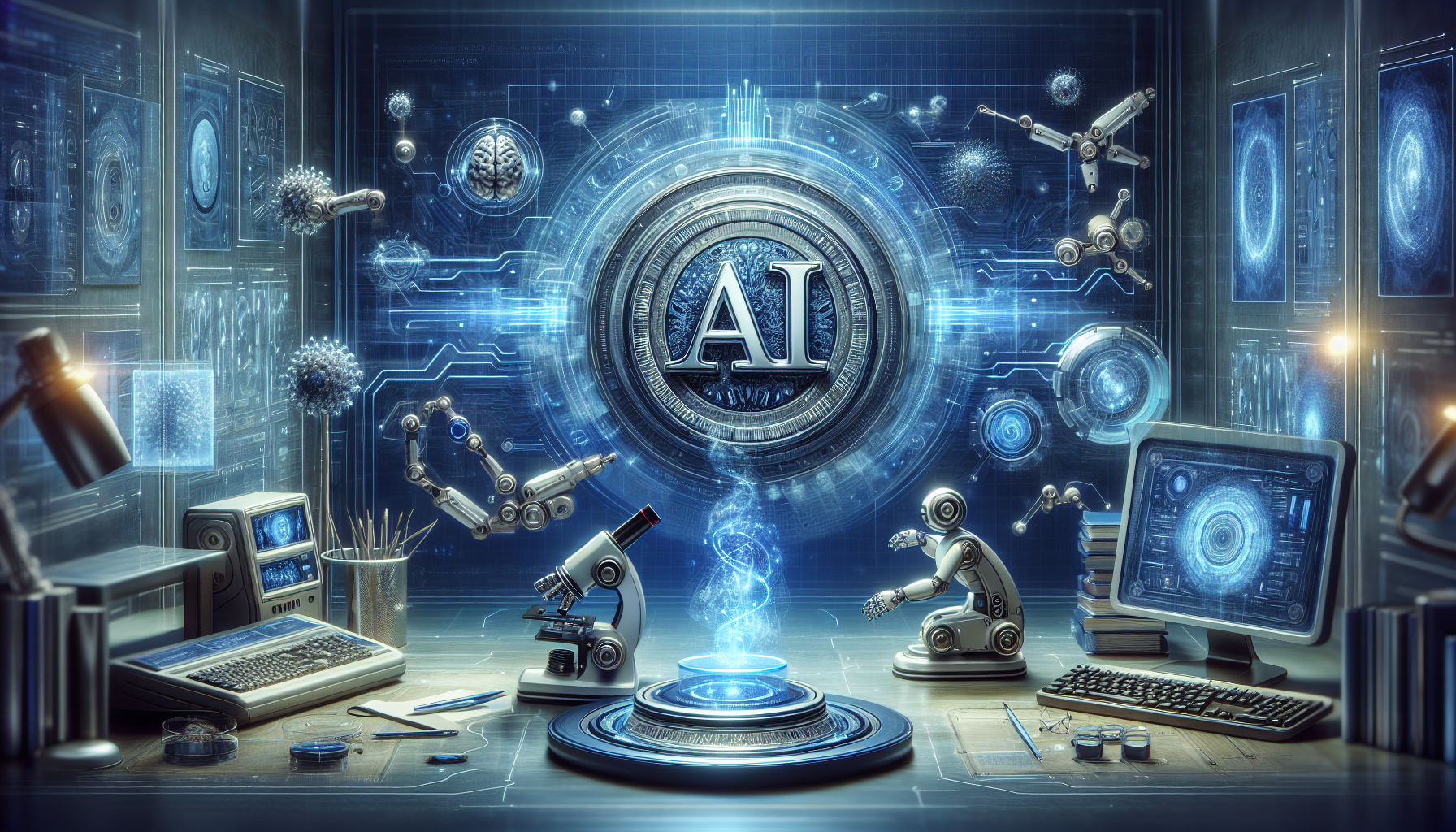
Funding and interest in AI waned due to unmet expectations and the slow progress of technology. However, this period was crucial for refining AI techniques and addressing foundational issues.
AI The Advancements
The late 1990s and early 2000s witnessed a resurgence in AI research, driven by advancements in computational power, the availability of large datasets, and improved algorithms.

The development of deep learning, a subset of machine learning that employs multi-layered neural networks, significantly boosted AI’s capabilities. This period also saw AI applications in various fields, including natural language processing, computer vision, and robotics.
AI Today
Today, AI is an integral part of our daily lives, enhancing productivity in numerous ways. In the workplace, AI-powered tools automate routine tasks, allowing employees to focus on more strategic activities.
For instance, AI-driven chatbots handle customer service inquiries, while machine learning algorithms analyze vast amounts of data to provide actionable insights.
In healthcare, AI assists in diagnosing diseases, predicting patient outcomes, and personalizing treatment plans.
In finance, AI algorithms detect fraudulent transactions, manage risk, and optimize investment strategies.
The manufacturing sector benefits from AI through predictive maintenance, quality control, and supply chain optimization.
AI The Future
The future of AI promises even greater advancements. With the ongoing development of quantum computing, AI’s processing capabilities are expected to reach unprecedented levels.
Ethical considerations and regulatory frameworks will play a crucial role in shaping the responsible use of AI.
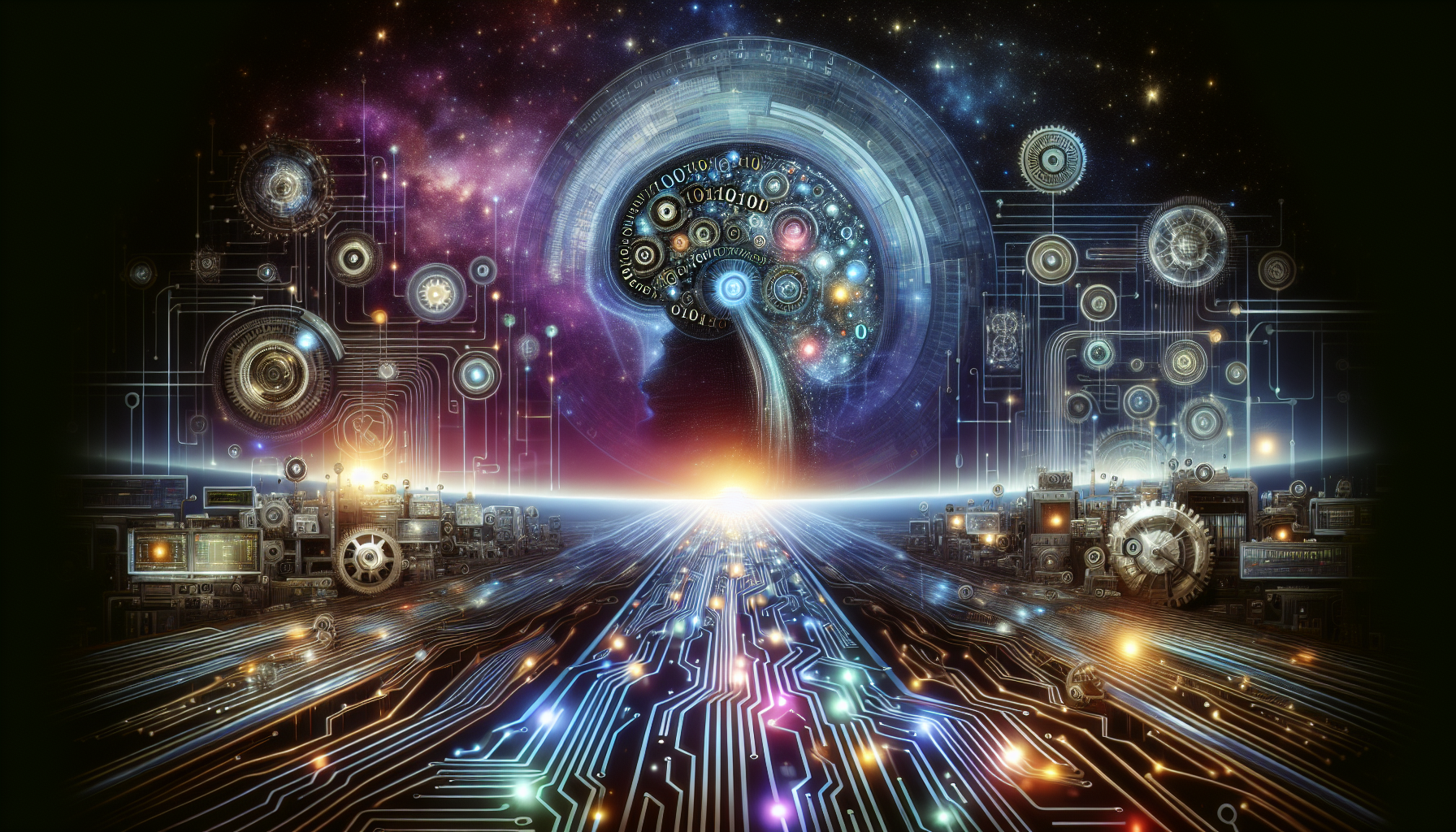
As AI continues to evolve, its potential to enhance human productivity grows exponentially. By automating mundane tasks, providing deep insights, and enabling innovative solutions, AI empowers humans to achieve more and push the boundaries of what is possible.
Conclusion
The historical journey of AI from a nascent idea to a powerful productivity tool underscores its transformative impact on society.
As we look to the future, the continued integration of AI into various domains holds the promise of unprecedented efficiency and innovation, ultimately improving the quality of life for people around the world.
FAQs: Artificial Intelligence
Answers to questions that you may have about Artificial Intelligence
- What is Artificial Intelligence (AI)? AI is technology that enables machines to simulate human intelligence through learning, reasoning, and self-correction, allowing computers to perform tasks that typically require human cognitive abilities.
- How does AI work? AI works by processing large datasets using algorithms and statistical models to identify patterns, make predictions, and improve performance through feedback loops, often using neural networks to simulate human-like decision processes.
- What are the different types of AI? The main types include Narrow/Weak AI (specialized for specific tasks), General AI (human-level intelligence across tasks), Reactive AI (responds to stimuli without memory), Limited Memory AI (uses past data for decisions), and Self-aware AI (theoretical future systems with consciousness).
- What are some common applications of AI? Common AI applications include virtual assistants, recommendation systems, fraud detection, autonomous vehicles, medical diagnostics, facial recognition, language translation, predictive maintenance, and content generation.
- How is AI different from machine learning? Machine learning is a subset of AI focused on algorithms that improve through experience. AI is the broader concept of machines performing “intelligent” tasks, while ML specifically involves systems learning from data without explicit programming.
- Can AI take over human jobs? AI will automate certain repetitive and predictable tasks, causing job displacement in some sectors, but will also create new job categories and augment human capabilities in others, leading to workforce transformation rather than wholesale replacement.
- What are the benefits of AI? AI benefits include increased efficiency and productivity, reduced human error, 24/7 operational capability, ability to process vast amounts of data, personalized experiences, advances in healthcare and scientific research, and solutions to complex global problems.
- Are there any risks associated with AI? AI risks include job displacement, privacy concerns, algorithmic bias and discrimination, security vulnerabilities, over-reliance on automated systems, potential autonomous weapons development, and long-term questions about control of superintelligent systems.
- How is AI being used in healthcare? In healthcare, AI assists with disease diagnosis, drug discovery, personalized treatment plans, medical imaging analysis, patient monitoring, administrative workflow automation, predictive analytics for patient outcomes, and robotic surgery.
- What is the future of AI? AI’s future includes more advanced human-AI collaboration, multimodal systems integrating different sensing capabilities, energy-efficient AI, broader implementation across industries, progress toward artificial general intelligence, and increased focus on ethical frameworks and regulation.
- How can businesses implement AI? Businesses can implement AI by identifying specific problems AI could solve, starting with pilot projects, building on existing data infrastructure, focusing on augmenting rather than replacing employees, partnering with specialized vendors, and developing internal AI literacy.
- What are ethical concerns surrounding AI? Ethical concerns include algorithmic bias and fairness, privacy and surveillance issues, transparency and explainability of decisions, accountability for AI actions, impact on employment, autonomous weapons development, and questions about human autonomy.
- How does AI impact privacy? AI impacts privacy through data collection requirements, enhanced surveillance capabilities, facial recognition technologies, behavioral prediction, potential for data breaches when systems are compromised, and challenges to anonymity in public spaces.
- What skills are needed to work with AI? Key AI skills include programming (Python, R), statistics and mathematics, data analysis, machine learning techniques, domain expertise in application areas, problem-solving abilities, communication skills for explaining complex systems, and ethical reasoning.
- Can AI learn on its own? Yes, through unsupervised and reinforcement learning techniques, AI systems can learn patterns from unlabeled data and improve through trial and error without direct human guidance, though humans still design the learning frameworks and objectives.
- How is AI regulated? AI regulation varies globally, with emerging frameworks focusing on risk-based approaches, transparency requirements, restrictions on certain applications like facial recognition, data protection laws, and industry-specific guidelines, though comprehensive regulation is still developing.
- What is natural language processing (NLP) in AI? NLP is the branch of AI that enables computers to understand, interpret, and generate human language, powering applications like chatbots, translation services, sentiment analysis, content summarization, and voice assistants.
- How does AI improve customer service? AI improves customer service through 24/7 chatbot availability, personalized recommendations, efficient query routing, sentiment analysis for customer satisfaction monitoring, automated responses to common questions, and predictive support for anticipating customer needs.
- What is the role of AI in autonomous vehicles? In autonomous vehicles, AI processes sensor data to perceive surroundings, makes driving decisions, navigates routes, identifies obstacles, predicts other road users’ behavior, adapts to changing conditions, and continuously learns from driving experiences.
- How does AI influence decision-making processes? AI influences decision-making by analyzing more data than humans can process, identifying patterns humans might miss, reducing certain biases while potentially introducing others, accelerating decision processes, and providing probability-based recommendations for complex problems.

